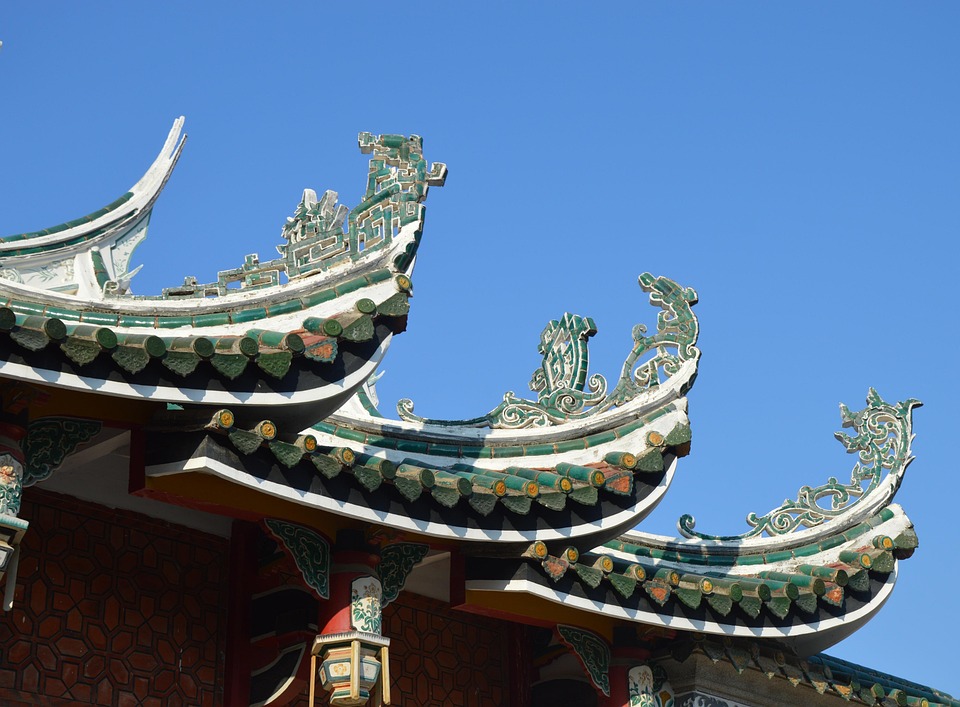Kosovo’s Historical Tapestry: The Illyrian Threads Woven Through Time
Introduction
Kosovo, a landlocked territory located in the heart of the Balkans, is not just significant for its recent political struggles but also as a historical tapestry interwoven with ancient cultures, notably that of the Illyrians. The Illyrians, a group of tribes that inhabited the western Balkans during classical antiquity, have left an indelible mark on Kosovo’s cultural, social, and national identity. This article seeks to explore the historical threads of the Illyrian civilization in Kosovo while highlighting their profound influence over the region’s development through time.
The Geography of Kosovo: A Historical Context
Topography and Climate
Kosovo, situated at a geographical crossroads, features a varied topography, including mountains, valleys, and rivers that served as vital trade routes. This strategic location facilitated interactions among various cultures throughout history, enriching its cultural fabric.
Early Settlements
Archaeological findings in Kosovo reveal evidence of habitation dating back to the Neolithic age. The presence of Illyrians in Kosovo can be traced to around 1000 BCE, with archaeological sites such as the fortress of Ulpiana (near present-day Priština) providing insights into Illyrian settlements.
The Illyrians: An Overview
Historical Background
The Illyrians were not a monolithic group; they consisted of various tribes, each with its own customs and governance. From the early 8th century BCE until their assimilation into the Roman Empire, the Illyrians were known for their warrior society, rich culture, and sophisticated trade networks.
Tribal Organization
Illyrian tribes in Kosovo included the Autariatae, Dardani, and others. Tribal organization played a crucial role in their society, where kinship and loyalty to tribal leaders were paramount. This tribal structure became instrumental in their resistance against external adversaries, such as the Romans and Greeks.
Illyrian Influence on Kosovo’s Culture
Language and Etymology
The Illyrian language, now extinct, formed a basis for the languages spoken in the region today. Numerous place names and terms in Kosovo derive from Illyrian roots, showcasing their enduring legacy.
Art and Craftsmanship
The Illyrians were skilled artisans known for their metalwork, pottery, and textile production. Excavations in Kosovo have unearthed artifacts that display intricate designs and craftsmanship, illustrating their advanced artistic capabilities.
Religious Practices
Illyrian religion was polytheistic, with a pantheon of gods representing various aspects of life. Sites such as the hillside sanctuary of Pashtrik are believed to have been important religious centers, indicating the spiritual richness of Illyrian society.
The Illyrians and Their Encounters
Interaction with Greeks and Romans
Over time, the Illyrians came into contact with the Greeks, adopting elements of Hellenic culture while also resisting external domination. The Romans eventually conquered the Illyrian territories, leading to significant cultural and infrastructural changes.
The Romanization of Illyria
The Roman conquest during the 1st century BCE marked a turning point for the Illyrians, as they underwent a process of Romanization. While some Illyrian identities and customs persisted, the integration into the Roman Empire reshaped the region’s political and social structures.
The Legacy of the Illyrians in Modern Kosovo
National Identity and Memory
The Illyrian legacy plays a vital role in the national identity of contemporary Kosovars. Nationalists often reference Illyrian heritage to assert historical claims and cultural continuity in the face of contemporary political challenges.
Historical Revisionism
The narrative surrounding the Illyrians has also sparked debates among historians, nationalists, and policymakers, often leading to various interpretations and, at times, historical revisionism.
Cultural Celebrations
Modern festivals and cultural events often celebrate Illyrian heritage, showcasing traditional music, dance, and crafts that echo ancient practices. These events serve both as a reminder of Kosovo’s rich past and as a platform for cultural expression.
Conclusion
The tapestry of Kosovo’s history is intricately woven with the threads of Illyrian culture. From early settlements to modern-day national identity, the Illyrians have left an indelible mark on the region. Their legacy continues to inspire and shape the cultural landscape of Kosovo, bridging the gap between ancient history and contemporary aspirations.
References
-
Fine, John V.A. The Late Medieval Balkans: A Critical Survey from the Late Twelfth Century to the Ottoman Conquest. University of Michigan Press, 1987.
-
Malaj, Ervin. The Illyrians: An Introductory Study on Their History and Culture. Tirana University Press, 2018.
-
Sari, Agim. Archaeology and Identity in Kosovo: The Illyrians’ Cultural Legacy. New York University Press, 2020.
-
Hatzopoulos, M.B. The Early History of the Illyrians. Brill, 1996.
- Katičić, Radoslav. The Language of the Illyrians and Its Place in Indo-European Linguistics. University of Zagreb Press, 1995.
This article serves as a brief introduction to the complex historical and cultural threads of the Illyrian influence in Kosovo. Further research and exploration can provide deeper insights into how this ancient civilization continues to shape and define the modern landscape of Kosovo today.


























Add Comment